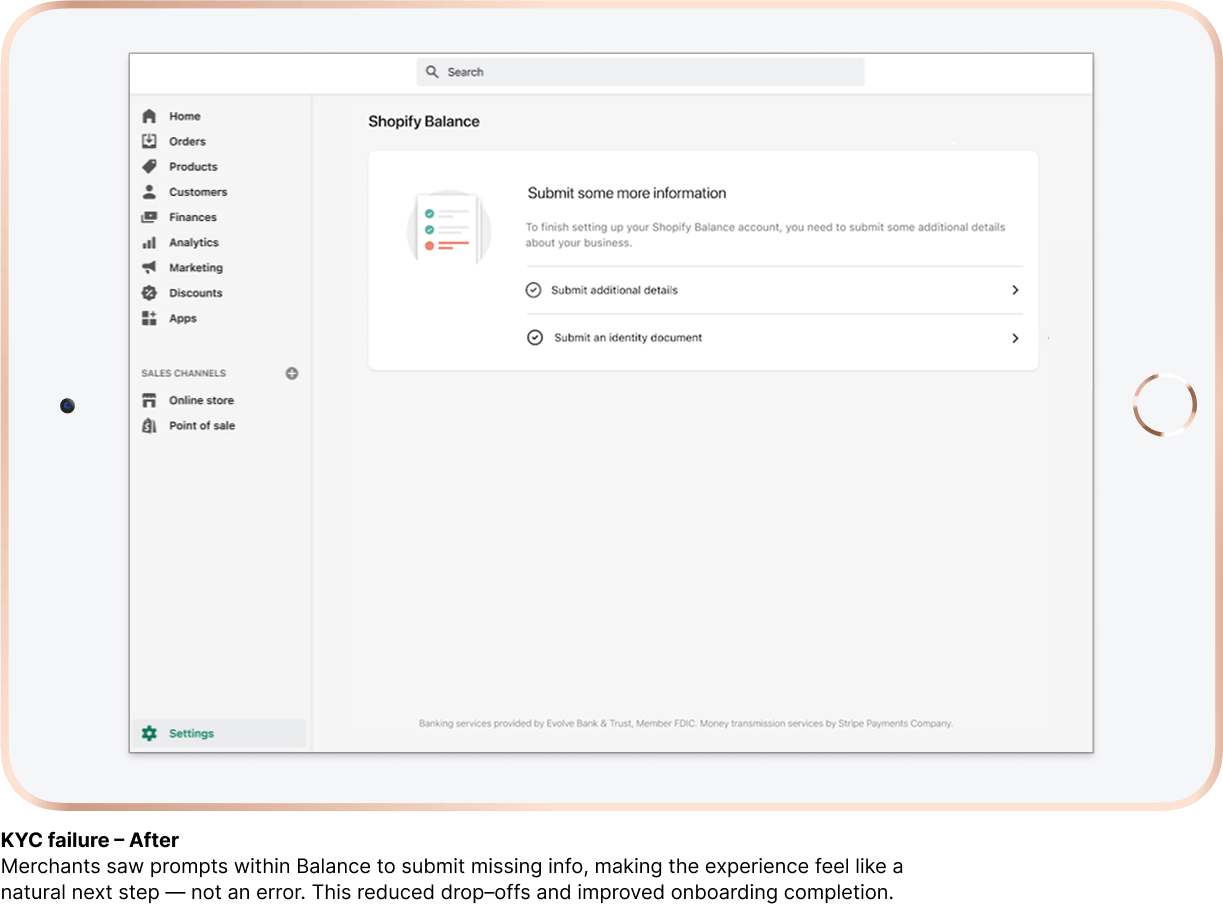Know Your Customer (KYC) failure reduction
Project overview: KYC (Know Your Customer) is the process of verifying the authenticity of merchants’ identities and documents during account onboarding to ensure compliance with legal, financial, and security requirements. It involves collecting and verifying information such as name, address, date of birth, and a government-issued identification.
Goal: Understanding the reasons why KYC failed was crucial to reducing for merchants and maintaining regulatory compliance. My goal for this project was to help merchants successfully complete onboarding by allowing them to identify and fix issues independently.
Team: Design, Product, Engineering, Data Science, and Risk teams
My role: I led the UX design and research.

The problem — KYC failure during onboarding
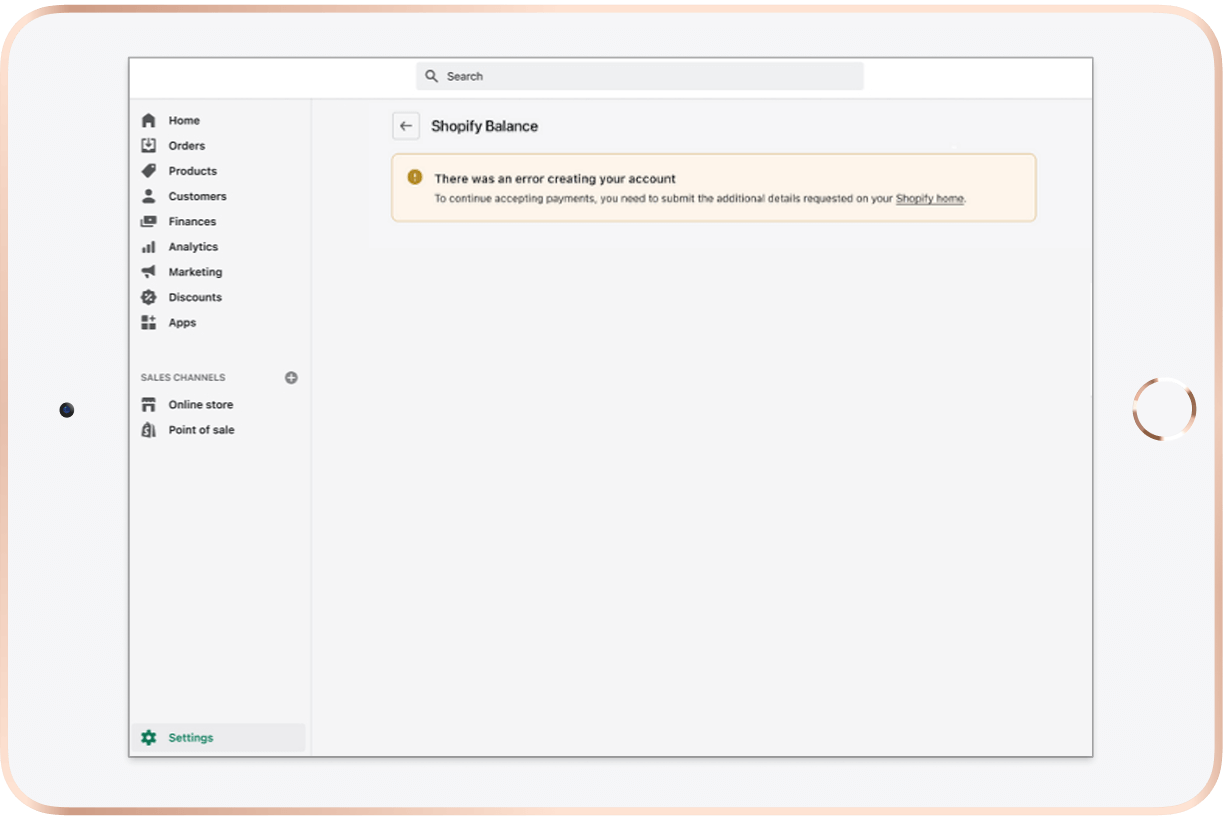
KYC verification is a mandatory step in the account opening process. However, a significant number of merchants were unable to complete this step successfully. Many failed KYC without clear feedback on what caused the failure or how to resolve it. Their only option for support was to contact customer service.
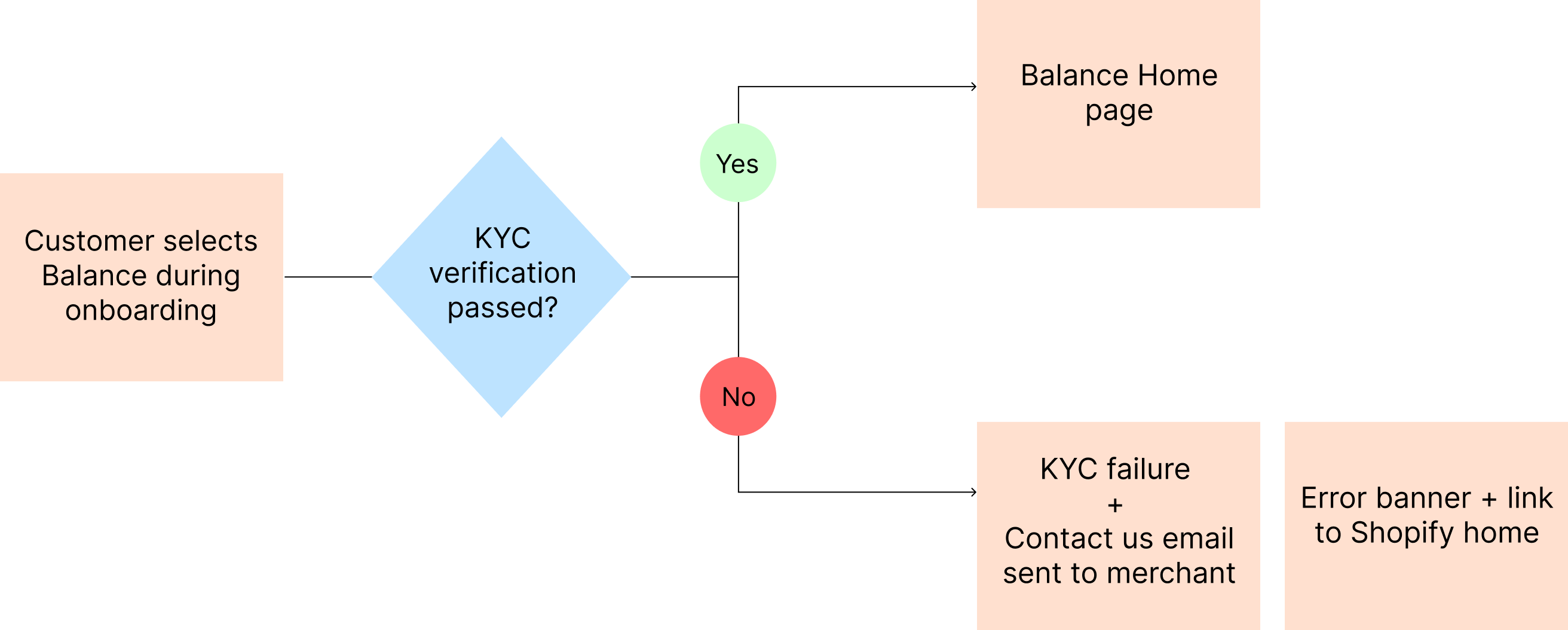
Exploration
Digging deep to understand KYC failure
My first step was to explore existing support tickets and error paths to understand where the breakdowns were happening. I met with a customer support representative to review KYC-related support tickets. This helped us identify the most common reasons why merchants failed KYC. I compared this data with system error codes pulled by our data scientist.
Next step in my investigation was to meet with developers. Through this conversation with the developers, I gained insight into some technical causes of KYC failures. Many of the errors were due to system validations or missing data. Mapping these issues allowed us to link specific errors to failure reasons, guiding our design strategy.
Solution
Empower merchants to self-correct KYC issues

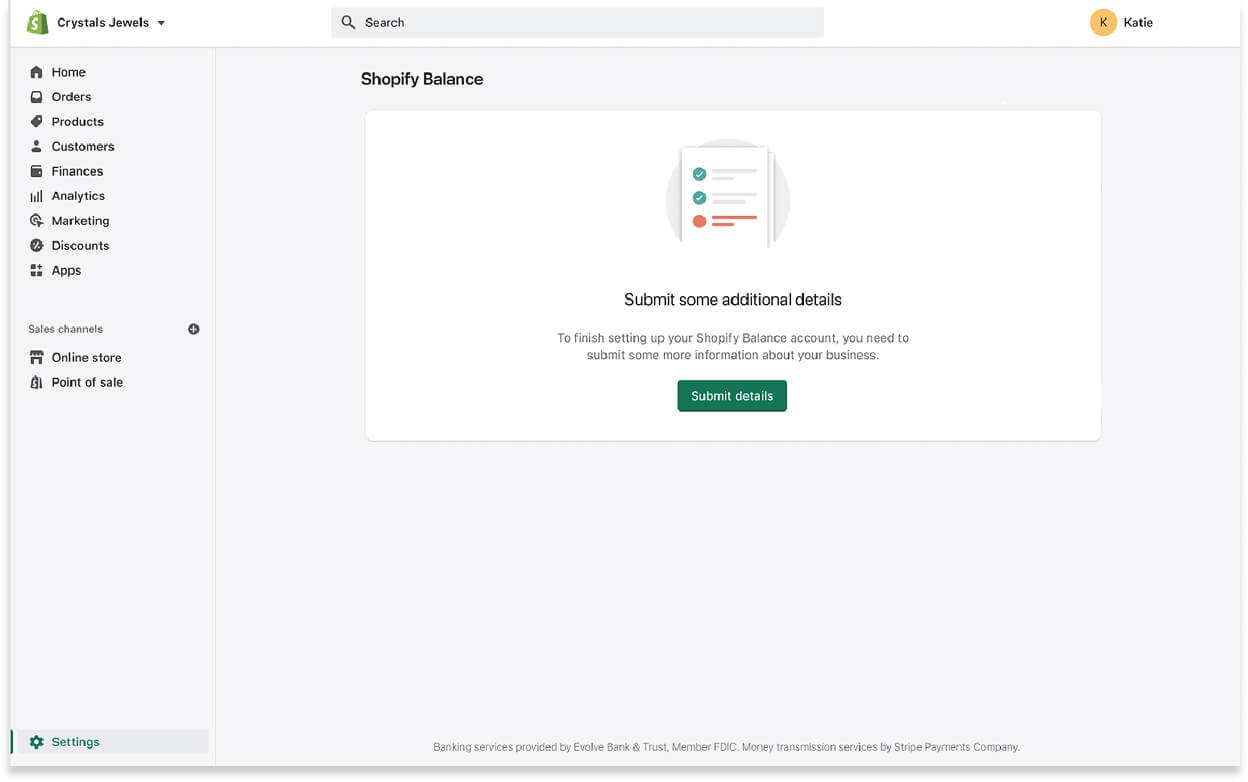
Based on insights for my explorations, I proposed a solution focused on helping merchants resolve KYC issues on their own instead of calling customer support. The design featured contextual error messages with clear instructions and direct links to the necessary forms. I presented the solution to product and engineering teams, refining design based on their feedback. I also collaborated with developers to validate technical feasibility and consulted legal and risk teams to ensure regulatory compliance.
This solution saved merchants time, provided a clear and guided path to resolve KYC issues, and reduced the volume of KYC support tickets.
Implementation
Providing actionable feedback to merchants
I redesigned the error message experience to ensure merchants were getting actionable feedback. Instead of a generic error message with no clear feedback, merchants now saw a detailed message explaining what was missing and a direct link to the page where the could correct it.
The legal and risk team reviewed the final designs to ensure accuracy and compliance, and I made necessary corrections based on their feedback. Once merchants upload the missing information or document, they are redirected to continue the onboarding process.
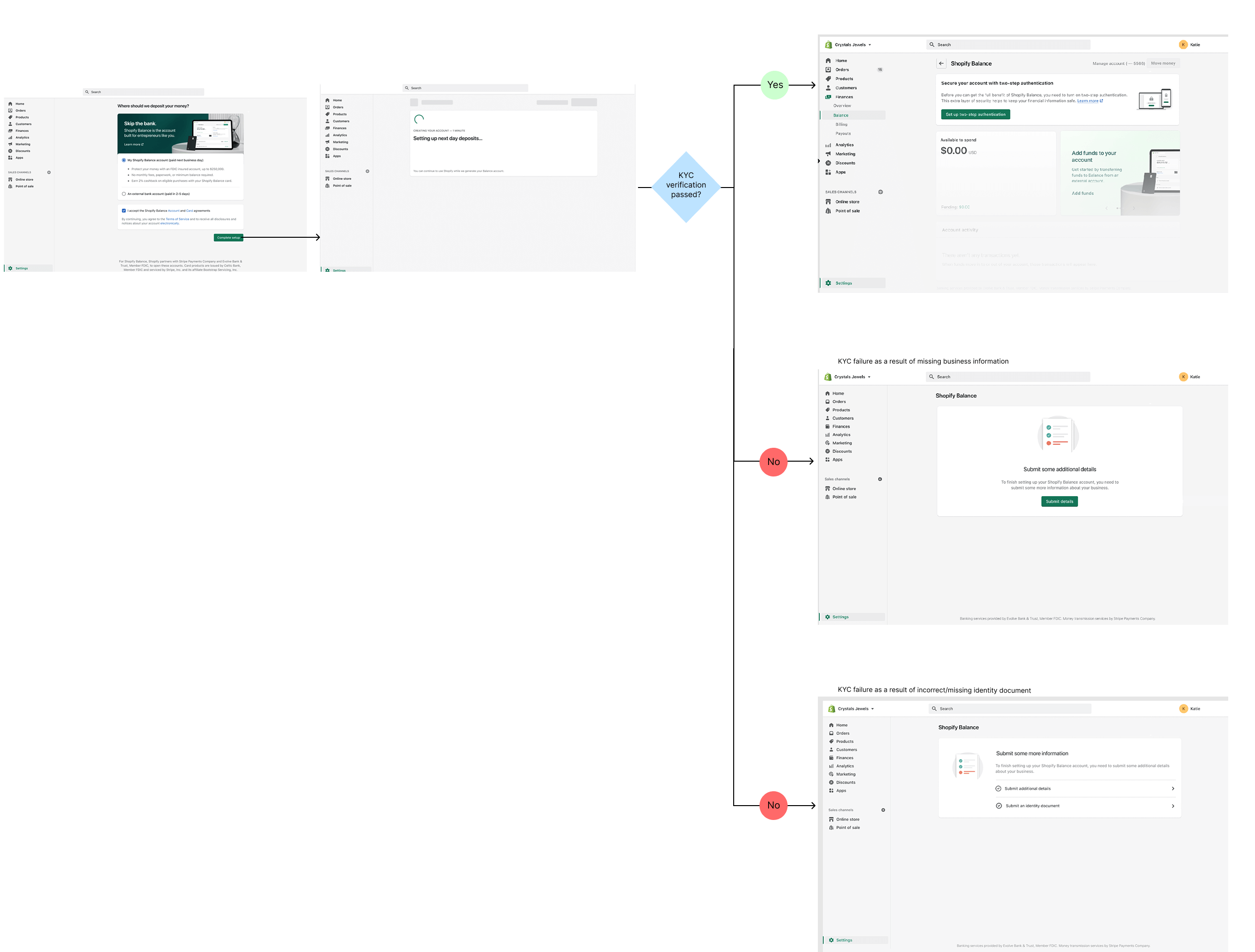
Results
- Support tickets relating to KYC failure dropped by 83%
- Time it took to complete Balance account setup decreased
- Merchants were able to troubleshoot errors and provide missing information independently
- Call centre operations cost from high volume KYC and onboarding failures reduced
- Drop-off rates during Balance onboarding reduced, contributing to an increase in number of successful account openings
Reflection
The success and quick turnaround of this project was largely due to the strong cross-functional collaboration between design, engineering, support, legal, and risk teams to solve complex regulatory challenges. By surfacing the right information at the right time and place, we empowered merchants to confidently complete onboarding requirements while also reducing operational costs.

